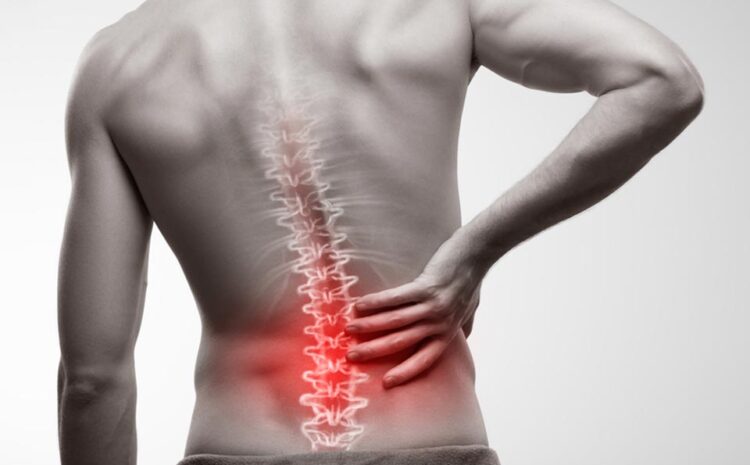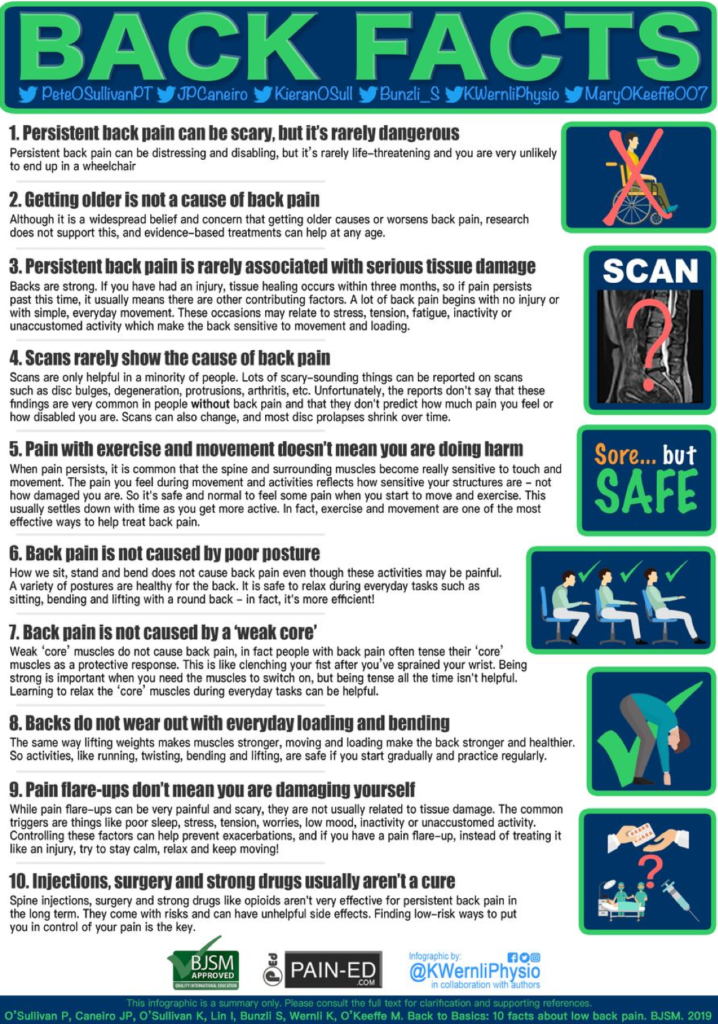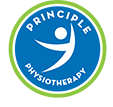
Low Back Pain Management
Low back pain can be frustrating, irritating and ultimately life changing for some. While at University I completed my dissertation on this topic and learnt how important it is to validate people’s low back pain through their beliefs about the cause of their pain and expectations of treatment. I suppose this is a must for all injuries but given the burden of low back pain and the impact it has; beliefs and expectations go a long way to support appropriate pain management. Our role as physio’s is to help you to better understand your pain and your limitations through advice, education, and reassurance to move again confidently. I hope to re-address any concerns about low back pain within this blog but please get in contact if you want further advice.
What are the structures in our spine?
Our back consists of nerves, bones, cartilage, joints and muscles, allowing us to bend, twist and move into different positions. Yes, these movements may become painful when we have back pain, but it is important that we don’t neglect these particular movements. As this causes us to adopt behaviours associated with fear avoidance (e.g. scared to bend to put on our socks) (REF) and ultimately causing us to limit our full potential to enjoy life.
The spine is made up of 24 spinal bones called vertebra and are stacked up on top of one another to create the spinal column, which gives our body its main upright support. The lumbar spine is made up of 5 vertebrae, from L1 to L5. Our vertebra are strong robust structures that help our body to withstand various loads, such as our body weight and movement. The bones of the spinal column protect the spinal cord, which features a host of nerves that travel from the brain to the rest of the body. Essentially, nerves in our lumbar region provide our legs with sensation and muscle activation.
It is important to know that each individual vertebrae are connected by intervertebral discs, holding our vertebrae together but sill allowing slight movement to occur. These discs are extremely strong, however, on some occasions they can get injured and cause our pain with other symptoms. Please see a GP or a healthcare professional if you worried about this.
Why do we get low back pain?
It simply isn’t right to say back pain is primarily caused by mechanical damage. Only 5-15% of the population who suffer with back pain will be in this category, such as a fracture, a tumour, nerve irritation, infection or arthritis (REF). The other percentage accounts for “non-specific” low back pain, whereby multiple factors (e.g. stress, diet, or lack of sleep) can cause low back pain (REF). Back pain is incredibly common, with 80% of us getting it at some point in our lives. ‘When it comes to midlife problems, back pain is like the common cold’ (REF).
It has long been thought that our back pain has been a result of poor posture, but this is simply not true. Research has struggled to identify this relationship, and therefore, we as healthcare professionals must stop correcting people on how they sit or stand (REF). In fact, we are more likely to get back pain if we are staying in one or any position for too long. Most of us will normally work a 7-8hr shift, whereby a period of sitting at a desk may be required. You will likely feel some aches or pains regardless of your posture. That is why it is important to fidget, stretch, shift position or just get up and walk around the office. We must start to adopt these ‘micro-movements’ instead (REF). This is important for both our physical and mental health.
A recent study put forward ’10 facts that every person should know about back pain’ (REF). These facts can be found at the bottom of the blog and in my opinion, a good source of information for those worried about their pain. All back pain can be unpleasant and scary but the message I want to get across is that it really doesn’t have to be. We need be in control of our pain before it takes control of us.
Why is low back pain scary?
Back pain can be life changing and cause us to avoid the things we enjoy doing. It can even make the simple things harder. Yes, it’s difficult to predict when we might get back pain, but we can become better at managing it through less stress, a good diet, more sleep, and exercise. While this is easier said than done. We must get into good routines, create realistic goals and get back to enjoying the things we use to do.
Having back pain can be scary, especially if the problem keeps persisting and it’s getting worst. People will often assume the worst and use ‘Dr Google‘ for further information to understand what could be wrong. I think it is great that we have the internet at our disposal, but it can also be conflicting, causing more stress and worry. Not all back pain is directly linked to a serious condition, and this is the key message to take home.
How does physio help?
If you’re able to receive physio treatment early, then this is a good start in the right direction. Research has shown that early intervention can improve better patient outcomes by decreasing the need for x-rays and MRIs, unnecessary lumbar surgery, and medication use. Early intervention improves pain management and increases our function (REF).
An initial assessment can help you make sense of your pain and steer you in the right direction. Things that physio’s should aim to address:
- What is going on?
- How long will it take?
- How can you help me?
- How can I help myself?
Early intervention needs to involve advice, education, exercise and most importantly reassurance to remain active. Exercise should be considered the first line of treatment for low back pain. More importantly, exercise needs to be meaningful, fun and stimulating that is specific to what you want to achieve as an individual.
How can you manage your pain better?
‘The best thing you can do is to stay as active as possible. This will help keep your back mobile, flexible, and strong. Movement, even if it causes temporary mild pain, is good for your back’ (REF) and will NOT cause any damage.
Start creating SMART goals. These goals need to be Specific, Measurable, Attainable, Relevant, & Time-Based. A good example; ‘I want to be able to walk 20 minutes for exercise without starting to limp due to back pain. ‘I want to be able to achieve this in the next 6 weeks’. This is a SMART goal and important for rehab purposes and self-motivation.
Summary This is hopefully useful content to get a better understanding of how you manage your back pain more effectively. It is still strongly advised that you seek medical help if wanting further advice, as back pain can be scary, but it really doesn’t have too.





